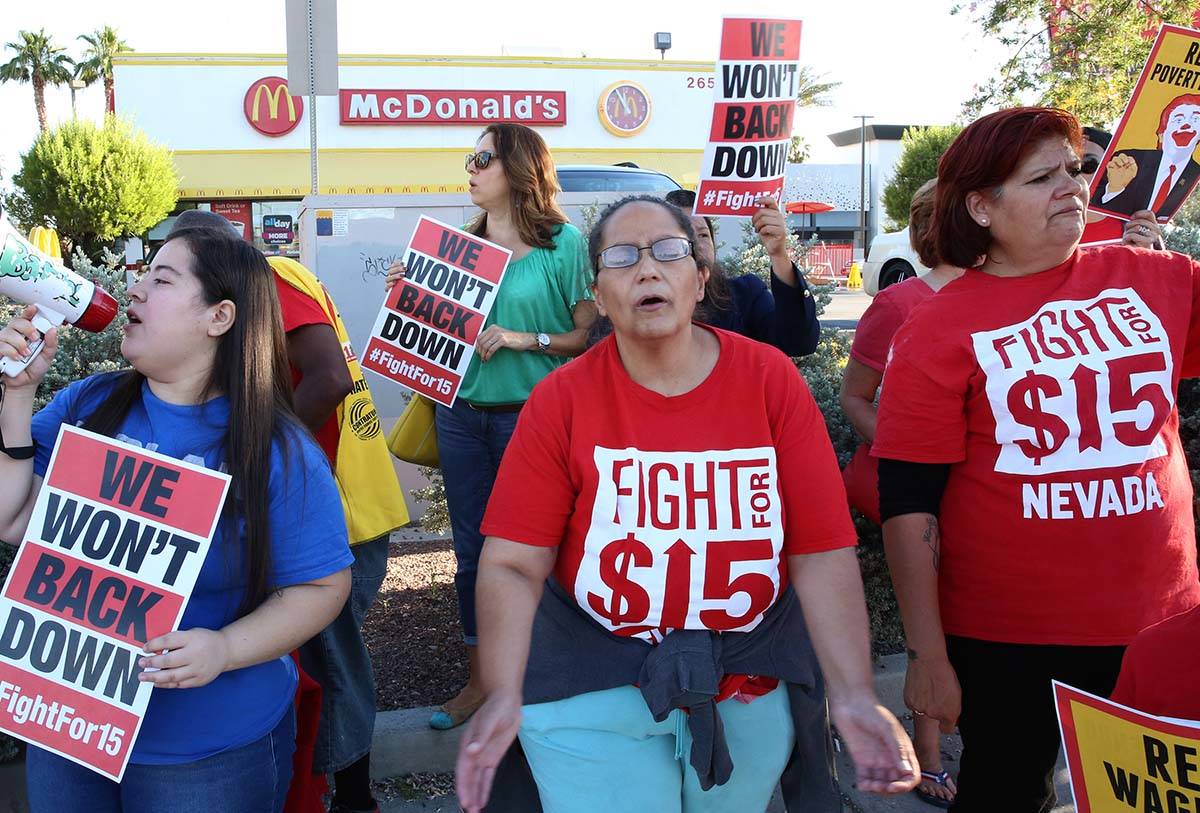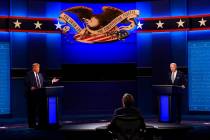EDITORIAL: Biden’s minimum wage plan would devastate struggling businesses
An economic downturn is an especially bad time to nearly double the minimum wage. Joe Biden wants to do it anyway.
In the last presidential debate, Mr. Biden reiterated his support for raising the national minimum wage to $15 an hour. This would be a massive increase from the current federal minimum wage of $7.25. For business owners, it couldn’t come at a worse time. In September, Yelp reported that just under 100,000 businesses on its site have closed permanently.
Those companies and the jobs they offered are gone. It’s a stark reminder that the actual minimum wage is $0 an hour. If you don’t have a job, it doesn’t matter how high the wage floor imposed by the government is.
To his credit, President Donald Trump did a good job of articulating this concern during the debate. “How are you helping your small businesses when you’re forcing wages” up? Mr. Trump said during the debate. “What’s going to happen, and what’s been proven to happen, is when you do that, these small businesses fire many of their employees.”
The Congressional Budget Office, which is hardly an outpost of libertarian academics, agrees. In a 2019 report, it found that a $15 an hour minimum wage, reached in 2025, would reduce employment. The CBO estimated “1.3 million workers who would otherwise be employed would be jobless in an average week in 2025” under a $15 an hour minimum wage.
Mr. Biden and many liberal academics argue otherwise. “There is no evidence that when you raise the minimum wage, businesses go out of business,” Mr. Biden said.
But if that were the case, why stop at $15 an hour? If businesses can pay higher salaries without going bankrupt, Mr. Biden should be pushing a $50 an hour minimum wage. Everyone would be rich! In fact, such a mandate would price certain workers — particularly the unskilled and the young seeking to enter the market — out of the labor force.
Wages rise naturally when the economy is humming. Companies start competing for employees, which raises pay. This was happening before the coronavirus pandemic hit the United States. Last year, the bottom 25 percent of workers saw their pay go up 4.5 percent. The top 25 percent of workers saw an increase of 2.9 percent.
In a booming labor market, minimum wage hikes usually don’t do much harm. For instance, if the entry-level market wage is $9 an hour and rising, then a $10 an hour minimum wage can more easily be absorbed.
But when the economy crashes and companies are barely hanging on, forcing higher wage mandates on struggling enterprises can do real damage. For many businesses hoping to emerge from the pandemic, it would be a death sentence, leaving their employees earning nothing — regardless of wage floors imposed by politicians.






















